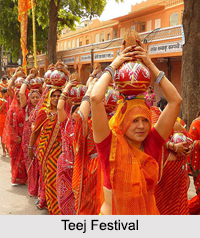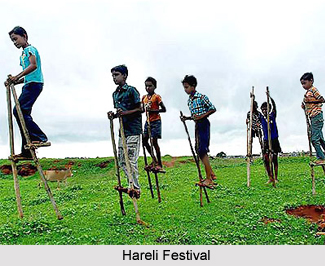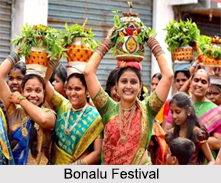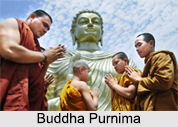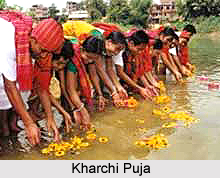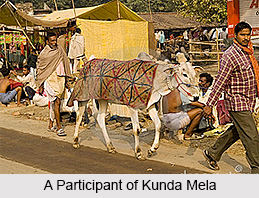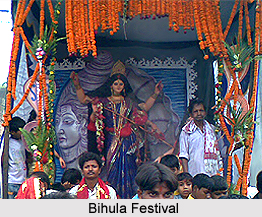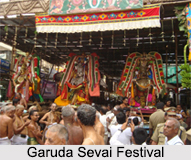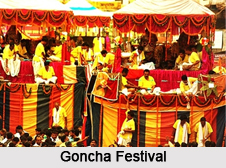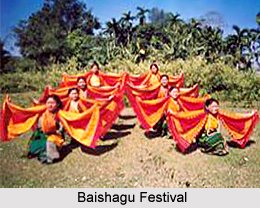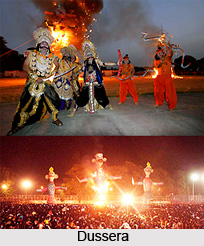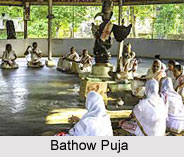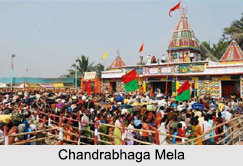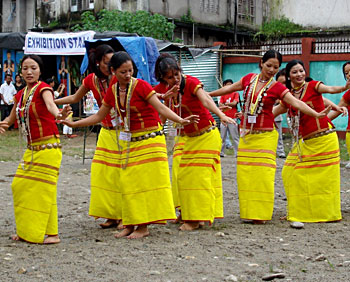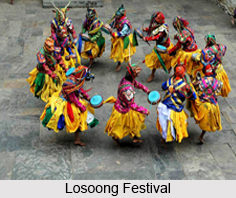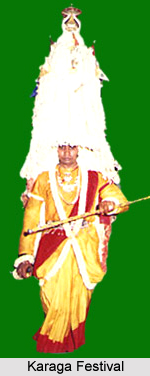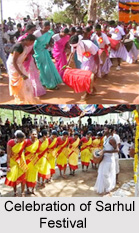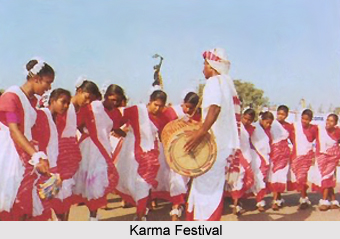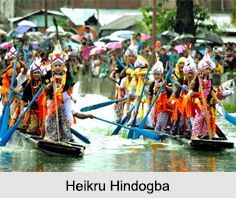 Performed annually at the moat of the Sagolband Bijoy Govinda Leikai in Imphal, the festival of Heikru Hidongba is a socio religious ceremony. It is observed by the Meiteis society on the 11th day of the Manipuri calendar month of Langban, which corresponds to the month of September. Heikru Hidongba is basically a boat race festival that marks the racing of two boats with pomp and spirit.
Performed annually at the moat of the Sagolband Bijoy Govinda Leikai in Imphal, the festival of Heikru Hidongba is a socio religious ceremony. It is observed by the Meiteis society on the 11th day of the Manipuri calendar month of Langban, which corresponds to the month of September. Heikru Hidongba is basically a boat race festival that marks the racing of two boats with pomp and spirit.
History of Heikru Hidongba
The festival of Heikru Hidongba was started during the reign of Maharaja Irengba in 984 A.D. Over time the north eastern state of Manipur came under the reign of various rulers and with that many changes took place in the life of the Meiteis. Similarly, their festivals also evolved with time and in 1779, Heikru Hidongba was performed at the moat of Bijoy Govinda. There is a historical background to the moat, which was once known as "Tubi Irel". The moat was named after Moirang Leima Thangapat, and sometimes was also known by the name of Moirang Leima.
Celebration of Heikru Hidongba
The festival of Heikru Hidongba is celebrated as a prayer to God for the welfare of the people and the state. Since it is a boat racing festival, the twin boats are sanctified amidst the chanting of Sankirtana, music and "aarti". There are five main participants in the boats, first is the Tengmai Leppa, who takes care of the boat, then there is the Chang Shaba, who looks after the Tengmai Leppa and Hinao Shaba, who steers the boat. The person who took care of the leakage in the boat is called the Nourungba and the Naomang Shaba is the person, who helps the Hinao Shaba to steer the boat.
On the day of the festival, two boats join together known as Hikhabak Lakpa and Shri Bijoy Govinda. A garland of Heikru or amla is made with 108 Heikrus with an alternate bud of Hup or wild grass and another garland of Cheng Machang, which is fine whole rice, made out of 108 pieces, is offered. The offered garlands are worn by the Tengmai Leppa of the two boats. The Maiba or the Pandit decides whether good or bad year from the result of the boat race. The winner wears the garland of Heikru or that of Cheng Machang. The king also offers gold and silver coins to Pakhangba for the prosperity of the land. Temporary camps are put up on the north and south of the Thangapat that runs from the east to the west. The public is crowded on both sides of the Thangapat and separate seating arrangements are made for the royalty.
The festival of Heikru Hindogba attracts people from all around to witness the graceful rowing of the twin boats in the Imphal Valley.
